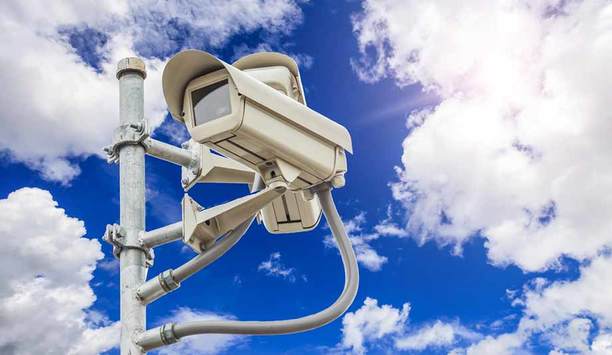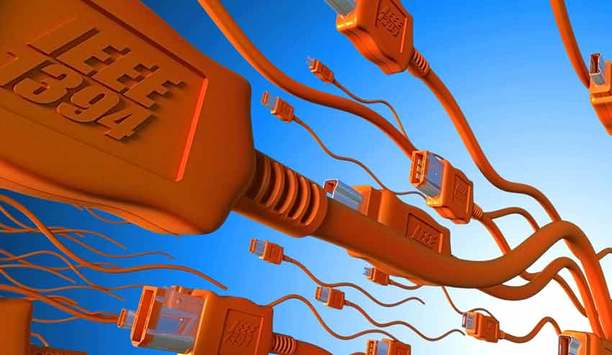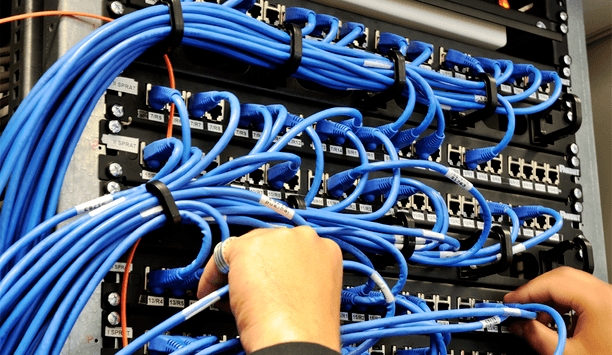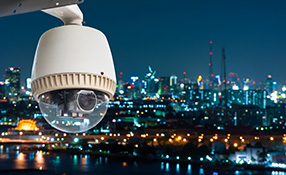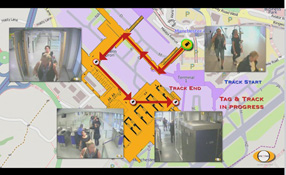 |
| PoE power is a complex issue in itself made even more complex by the lack of standardisation |
Standards are like a warm blanket on a cold winter night. They make us feel safe and warm. A standard tells us the devices we use within our systems will interact with each other regardless of manufacturer. For IP-powered PoE devices, we depend on standards such as 802.3af for devices requiring up to 15.4 watts and 802.3at for devices powered up to 30 watts.
We depend on the devices generating the power to be able to be read by devices receiving the power. Our dependence is not always justified. Let’s see the reasons why.
The first has to do with 802.3af Classification, which covers within a range of source and receiving device power ranges.
THE IEEE 802.3AF VS. IEEE 802.3AT AT A GLANCE
The following table shows a comparison of the 802.3af and 802.3at standards, highlighting the key system-level differences. The following definitions are transcribed directly from the IEEE802.3at Standards Draft:
- Type 1 PD: A PD that advertises a power draw less than or equal to 12.95W (at the PD).
- Type 1 PSE: A PSE that is designed to support a Type 1 PD.
- Type 2 PD: A PD that advertises a power draw greater than 12.95W (at the PD).
- Type 2 PSE: A PSE that is designed to support either a Type 1 or a Type 2 PD.
PoE vs. PoE+ Differences
| Features | PoE (802.3af) | PoE Plus (802.3at) |
|---|---|---|
| Cable Requirement | Category 3 or better | Type 1: Category 3 or better Type 2: Category 5 or better, with DC loop resistance < 25 |
| Cable Current (A) | 0.35 A | Type 1: 0.35 A |
| PSE & PD | Type 2: 0.6 A | |
| PSE Output Voltage (Vdc) | 47 – 57 Vdc | Type 1: 47 - 57 Vdc Type 2: 50 - 57 Vdc |
| PD Output Voltage (Vdc) | 37 – 57 Vdc | Type 1: 37 – 57 Vdc Type 2: 42.5 – 57 Vdc |
| Maximum PD Wattage (W) | Class 0, 3 12.95 W Class 1: 3.84 W Class 2: 6.49 W Class 4: Unused | Type 1: Class 0, 3: 12.95 W Class 1: 3.84 W Class 2: 6.49 W Type 2: Class 4: 25.5 W |
| Classification Requirements | 1-Event Classification is optional for PSEs and Mandatory for PDs | Type 1: 1-Event Classification is optional for PSEs and Mandatory for PDs Type 2: PSEs can deliver 2-Event Classification only, LLDP only, or 2-Event Classification and LLDP. PDs must respond to 2-Event Classification AND LLDP |
Any power level within this range can be classified with its associated class. So a source that provides any power level received at the device between 6.49 watts and 12.95 watts can be called Class 3. Even more confusing: Any received power level over 12.95 watts can be considered to be Class 4. The detection pulse variations that trigger the IP PoE device to turn on follow the same confusing range. So, regardless of whether we are determining the value of detection pulse voltage or applied power, the use of Class does not provide us with any fixed valued.
While waiting around for standards committees to come with a high-powered solution, the PoE chip manufacturers decided to go on their own. This provides two different approaches to 802.3at or 30 watt solutions. |
This situation is the cause of confusion. Many times an IP camera specification will read both a specific power value and Class, with the former being less than the upper limit of the class itself. In this case, always plan on designing your infrastructure requirements for the highest PoE value. This takes into account the extra power required by the camera to handle surges. The listing of the Class power also gives the manufacturer the ability to claim that any camera malfunctions are a result of not providing the power required on the camera specification sheet.
The lack of “standards” doesn’t end with power. While waiting around for standards committees to come with a high-powered solution, the PoE chip manufacturers decided to go on their own. This provides two different approaches to 802.3at or 30 watt solutions.
Within the PoE process, the PSE or power source first detects the presence of the device requiring PoE, next it issues the detection pulse in the form of a voltage; this is known as a one event classification. However, if the receiving device requires more than 12.95 watts (15.4 at the PSE), a second pulse is issued within 10ms of the first. Or not! The “standard” can accept either a one- or two-event Class classification. So much for standards. In reality, the one-event, known as Type One, and the two-event, known as Type Two, are supposed to be compatible. The reality is very different, and often problems result from a Type One PoE power source being used with an IP camera. The results can be anything from a camera not powering up to an on-screen display stating their isn’t enough power when in the reality the camera is functioning normally.
But wait there is more!
Regardless of whether 802.3af or 802.3at power is used, the structure of detection pulses can differ.
 |
Detection pulses can be either 4 point or 2 point. As with classification, a camera responding to either might ignore one or the other. A non-response to a detection pulse means the source providing the power will interpret there is no devices and shut down power. Sources providing power under the PoE standard are not required to generate both versions and there are known differences in how cameras will respond.
In short, PoE power is a complex issue in itself made even more complex by the lack of standardization in what is supposed to be a standard.


